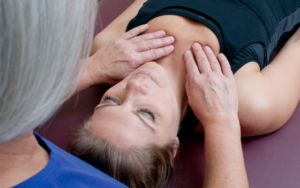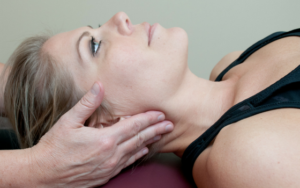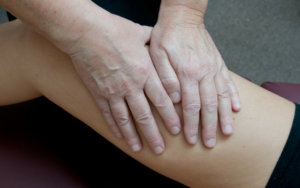Precision Neuromuscular Therapy (PNMT)
PNMT was designed to determine the cause of a client’s pain or discomfort. It combines postural assessment, range of motion tests, orthopedic tests and the client’s history. PNMT identifies which muscles are responsible for postural distortion as well as identifies the muscles, joints or nerves that can be causing pain. It takes into account the referral patterns of muscles and ligaments. Pain symptoms can be very confusing. Often times the source of the pain is not the site of the problem. This factor is an important component to effectively relieving pain.

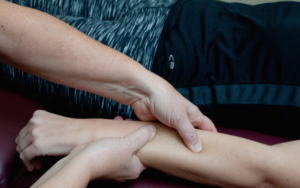

Orthopedic/Medical Massage
Orthopedic Massage is a highly precise modality used to assess and treat soft tissue injuries. I use orthopedic testing to pinpoint the exact location of the injured structure(s) and determine what type of treatment will be effective. Treatment may incorporate friction therapy, Swedish massage, deep tissue massage, and/or myofascial release. In most cases, a combination of these therapies is extremely effective in reducing poorly formed scar tissue, promoting collagen production, and facilitating healing. I also work with each client to develop a self-care regimen of stretches and exercises that will strengthen the injured area, maintain a full range of motion, and ensure a complete and lasting recovery.
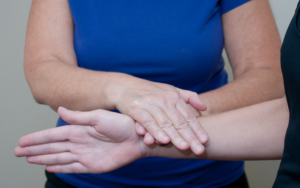


Myofascial Release
Myofascial Release is performed without the use of lotions or oils and is a highly effective tool in releasing the fascia therefore eliminating pain and helping improve poor posture. It is highly effective in treating any part of the body for a variety of symptoms. Fascia is a connective tissue that surrounds every cell and helps support the body. One of the 3 types of fascia, the deep fascia, surrounds each muscle and also divides groups of muscles into compartments. Poor posture, trauma, inflammation and/or surgery can create problems within the fascia restricting blood supply to the muscles and also putting pressure on the nerves. Either scenario causes dysfunction and/or pain in the body.
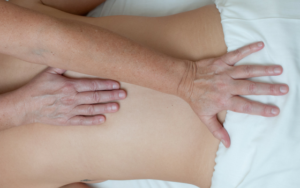
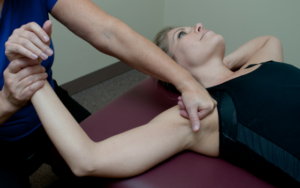

Neutral Mobilization
Neural mobilization is a system used to determine and release neural tension. Compression, friction and stretching the nerve are the three things that aggregate them. When a nerve becomes entrapped or compressed, swelling and a build up of abnormal tissue are two things that commonly occur. The fluid from the swelling becomes an irritant and the nerve becomes highly sensitized. The build up of abnormal tissue both compresses the nerve and entraps it. Everyday movements become painful as this stretches the entrapped nerve.
Neural Tension tests are specific movements used to put tension on the nerve determining which nerves are entrapped and where. Nerves must maintain their ability to move and glide within the tissues that surround them to remain symptom free. When they lose their ability to move and/or become stuck to the surrounding tissues symptoms occur. Symptoms can be a deep ache, sharp pain, tingling, numbness and eventually muscle weakness.

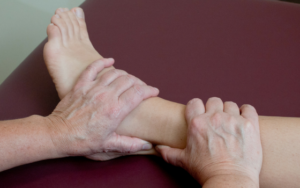
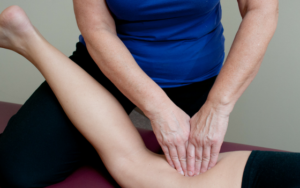
Manual Lymph Drainage
MLD is a gentle rhythmic technique that manually moves lymph (lymph is a pale fluid that contains white blood cells and passes through channels in the body and helps to keep bodily tissues healthy.) It effectively supports the immune system by moving fluid that has built up within the body’s tissues. Lymph moves through the body by our own physical movements and has no organ associated with it.
Lymph functions as a filter gathering foreign substances such as bacterias, viruses, toxins, and chemicals and carries them to The Lymph Nodes. The Lymph Nodes are an essential part of the body’s immune system and contain cells that attack these foreign intruders protecting the body from infection and helping to regulate blood pressure.
The filtered Lymph is then returned back into the blood helping to prevent buildup of fluid in the tissue.
